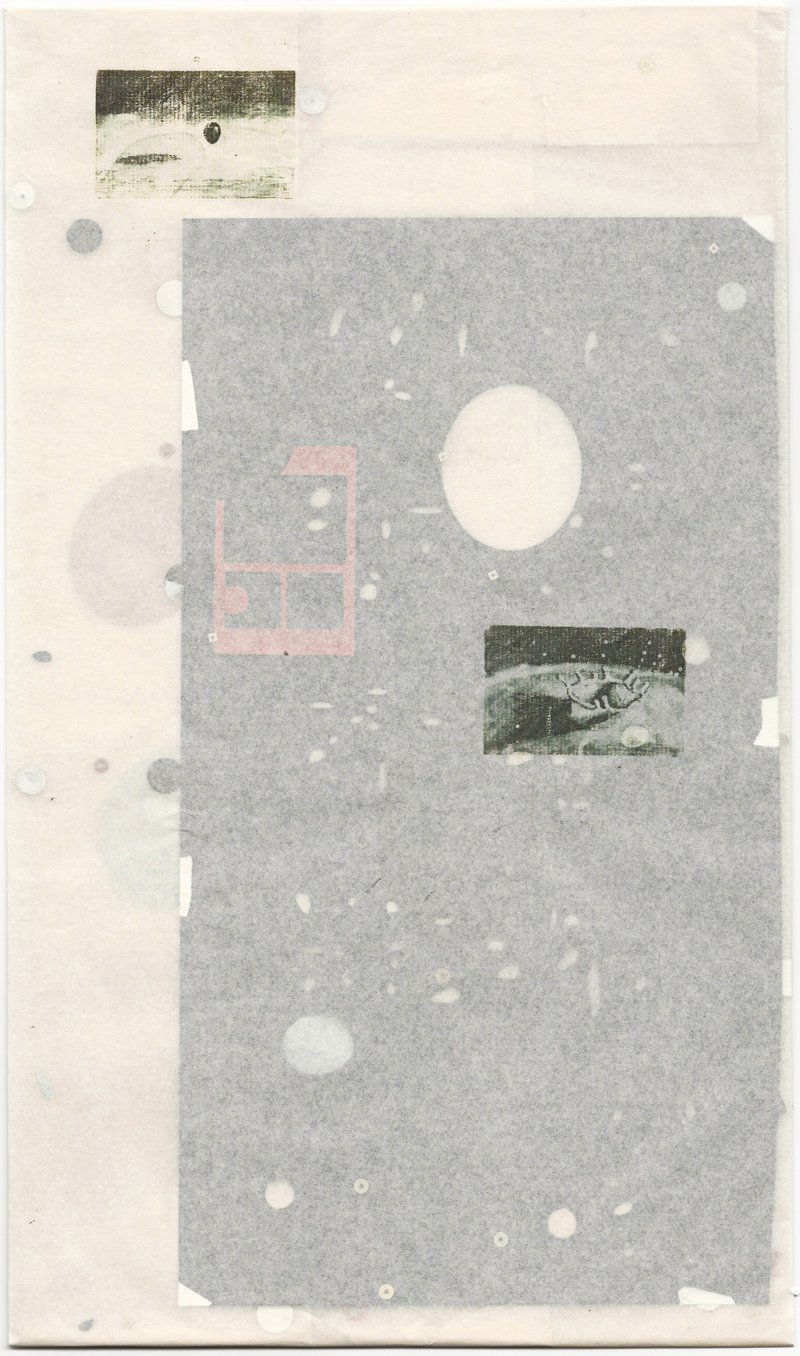
BA FINE ARTS
MA FINE ARTS
MAC MA CI
The Assembly of Writings
with Federico Nicolao
A collective exploration of the new relations between contemporary writing and artistic practice.

13.11.2012, Conférence et “ studio visit ” de Willem de Rooij, artiste
Au cours des cinq dernières années, la notion de « référencialité » ou les techniques permettant de passer outre les références extérieures sont devenues des éléments importants dans le travail de Willem de Rooij. Tout au long de sa carrière, l’artiste a analysé les conventions de présentation et de représentation et a évalué la tension entre des thématiques socio-politiques et la production d’images autonomes.
« Je crois qu'il ne peut y avoir de contenu sans forme et que par conséquent, l'art, dans son principe, trouve essentiellement sa consistance dans la forme. Aussi dramatique ou socialement pertinent que soit un sujet, il restera toujours, et par définition, soumis à la forme dans laquelle il est présenté au spectateur.
En d'autres termes, si la forme, qui doit toujours être établie en premier lieu, n'est pas correctement posée, le contenu ne sera pas lisible. Cette faille morale - le drame humain peut-il être moins important que tout le reste ? - définit, je pense, le dilemme de l'art le plus engagé socialement et politiquement, et compromet souvent à l'avance ses chances de communiquer son programme avec succès » Willem de Rooij